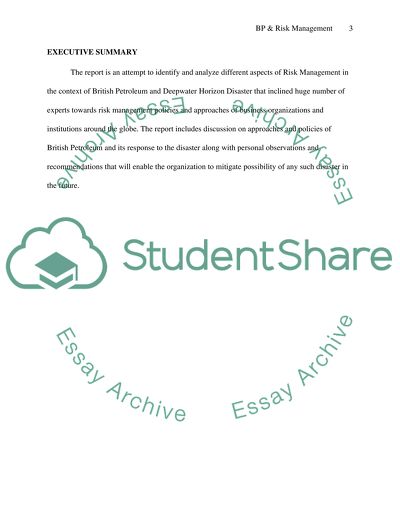Cite this document
(“Risk Management Assignment (BP) British Petroleum Deepwater Horizon Essay”, n.d.)
Retrieved from https://studentshare.org/environmental-studies/1422970-risk-management-assignment-bp-british-petroleum
Retrieved from https://studentshare.org/environmental-studies/1422970-risk-management-assignment-bp-british-petroleum
(Risk Management Assignment (BP) British Petroleum Deepwater Horizon Essay)
https://studentshare.org/environmental-studies/1422970-risk-management-assignment-bp-british-petroleum.
https://studentshare.org/environmental-studies/1422970-risk-management-assignment-bp-british-petroleum.
“Risk Management Assignment (BP) British Petroleum Deepwater Horizon Essay”, n.d. https://studentshare.org/environmental-studies/1422970-risk-management-assignment-bp-british-petroleum.


